Introduction to HONEWELL CC-IP0101
1. Product Description
The HONEWELL CC-IP0101 is a highly versatile and reliable device developed by Honeywell, a globally recognized leader in the field of industrial automation and control. This module is designed to play a crucial role in modern industrial setups, serving as a vital link between different components of a control network.
Functioning as a fieldbus gateway module, the CC-IP0101 enables seamless connectivity between various fieldbus networks such as Profibus DP, DeviceNet, and Modbus, and the Honeywell Experion PKS C300 controller. By acting as a protocol converter, it allows devices operating on different communication protocols to communicate effectively with each other. This is particularly important in industrial environments where multiple types of equipment from different manufacturers, each using their own preferred communication protocols, need to work in harmony.
In addition to its gateway capabilities, the CC-IP0101 also offers digital input and output functionality. It provides multiple channels for both digital inputs and outputs, allowing it to receive signals from digital sensors, switches, and contactors, and send control signals to digital actuators, relays, and other output devices. This dual – functionality makes it suitable for a wide range of applications, from simple monitoring tasks to complex control operations in industrial processes.
2. Product Technical Parameters
- Power Supply: The CC-IP0101 is powered by a 24V DC stable voltage source. This standard industrial voltage makes it compatible with most existing power supply systems in factories, power plants, and other industrial facilities. The stable power supply ensures consistent and reliable operation of the module, even in environments with potential power fluctuations.
- Weight: Weighing approximately 2000 grams, the module has a substantial build without being overly cumbersome. This weight is designed to provide stability during operation, especially when mounted on a DIN rail in an industrial control panel. The relatively compact size despite the weight also means it can be easily installed in spaces with limited room.
- Communication Protocols: It supports a wide range of industrial – standard communication protocols. For fieldbus communication, it is compatible with Profibus DP, DeviceNet, and Modbus. In the case of Profibus DP, it can handle data rates ranging from 9.6 kbps to 12 Mbps, enabling high – speed data transfer depending on the network requirements. This flexibility in communication protocols allows for seamless integration with a vast array of devices in an industrial network, whether they are sensors, actuators, or other control modules.
- Input/Output Configuration:
-
- Digital Inputs: The module is equipped with 12 digital input channels, out of which 2 can be configured as analogue inputs. Additionally, 1 input can be configured as a high – speed counter (HSC) / vibration encoder input. This flexible configuration allows it to interface with different types of sensors, providing more options for data acquisition in industrial processes.
-
- Analogue Inputs: There are 2 dedicated analogue input channels. These are designed to receive signals from analogue sensors, such as those using a 4 – 20mA current loop or 0 – 10V DC voltage signals, which are commonly used for measuring variables like temperature, pressure, and level in industrial applications.
-
- Relay Outputs: With 8 relay outputs, the CC-IP0101 can control high – power devices by switching electrical circuits. Relays are useful for applications where isolation between the control signal and the high – power load is required, such as controlling motors, heaters, and solenoid valves.
-
- Analogue Outputs: It also features 2 analogue output channels. These can be used to control devices that require a variable analogue signal for operation, such as variable – speed drives and proportional valves, enabling precise control in industrial processes.
- Environmental Resistance:
-
- Temperature Range: The CC-IP0101 can operate in a wide temperature range, typically from – 40°C to + 85°C. This makes it suitable for use in diverse industrial environments, including those with extreme cold or hot conditions. Whether it’s installed in a freezer – like environment in a food processing plant or in a high – temperature area near industrial furnaces, the module can maintain its performance.
-
- Protection Level: It has a protection level of IP67. This high – level protection against dust and water ingress ensures that the module can be used in harsh industrial settings, such as outdoors or in areas with high humidity, without the risk of damage from environmental factors. The IP67 rating means it is completely dust – tight and can be immersed in water up to 1 meter deep for 30 minutes without harmful effects.
- Mounting: The module is designed for easy installation on a DIN rail. DIN – rail mounting is a standard in industrial control panels, allowing for quick and secure installation. This mounting method also makes it convenient for maintenance and replacement, as the module can be easily removed and reinstalled if needed.
- Material: Constructed from aluminum alloy, the CC-IP0101 offers durability and resistance to corrosion. Aluminum alloy is a lightweight yet strong material, which is ideal for industrial applications where the module may be exposed to harsh environmental conditions over an extended period.
3. Usage Method
- Pre – installation Checks: Before installing the CC-IP0101, carefully inspect the module for any signs of physical damage during transit. Ensure that all the necessary components, such as the module itself, mounting brackets (if applicable), and any accompanying cables or connectors, are included in the package. Verify the power supply requirements and confirm that the available 24V DC power source at the installation location is stable and meets the module’s specifications. Check the input and output interfaces for any signs of corrosion, dirt, or damage, and clean them if necessary. Also, check the version of the module’s firmware. If there is an updated version available, consider upgrading it based on the specific application requirements and Honeywell’s recommendations.
- Installation: Mount the CC-IP0101 on a DIN rail. If the module comes with mounting brackets, attach them to the DIN rail first and then securely fasten the module to the brackets. Ensure that the module is firmly in place to prevent any vibrations or movement during operation. In an industrial control panel, choose a location that is easily accessible for future maintenance and troubleshooting. Avoid installing the module near sources of strong electromagnetic interference, such as large motors, transformers, or high – voltage cables, as this could affect its communication and performance.
- Wiring:
-
- Power Wiring: Connect the 24V DC power cables to the designated power terminals on the module, taking care to ensure proper polarity. Use appropriate – gauge wires to ensure efficient power transfer and to prevent overheating or voltage drops.
-
- Input Wiring: For digital inputs, connect the wires from digital sensors, switches, or contactors to the corresponding digital input terminals. If configuring the analogue inputs, connect the wires from analogue sensors (using 4 – 20mA or 0 – 10V DC signals) to the appropriate analogue input channels. Use shielded cables for analogue inputs to minimize interference from external electromagnetic fields.
-
- Output Wiring: For relay outputs, connect the wires to the relays’ output terminals, ensuring that the load connected to the relays is within their rated capacity. For analogue outputs, connect the wires to the devices that require variable analogue control signals, such as variable – speed drives or proportional valves.
- Configuration: Configuration of the CC-IP0101 is typically done using a dedicated software provided by Honeywell. This software allows users to set various parameters according to the specific application requirements.
-
- Protocol Settings: Configure the communication protocols for the fieldbus networks. For example, if using Profibus DP, set the appropriate data rate, node address, and other relevant parameters. Ensure that these settings match the requirements of the devices on the Profibus DP network.
-
- Input/Output Configuration: Set the input and output parameters. For digital inputs, define the input logic (e.g., whether a high or low signal represents an active state). For analogue inputs, set the input signal range (e.g., 4 – 20mA or 0 – 10V DC). For outputs, configure the control logic, such as setting the output value for analogue outputs or the switching conditions for relay outputs.
-
- Security Settings: If the module supports security features, such as encrypted communication or access control, configure these settings to protect the data and the integrity of the system.
- Testing: After installation and configuration, conduct a series of comprehensive tests to verify the proper operation of the CC-IP0101.
-
- Input Testing: Apply known input signals to the input channels. For digital inputs, use a switch or a signal generator to send high and low signals and check if the module correctly detects these signals. For analogue inputs, apply known analogue signals (within the configured range) and verify that the module reads the values accurately.
-
- Output Testing: Trigger the output channels to check if the module generates the expected output signals. For relay outputs, check if the relays switch on and off as expected, and for analogue outputs, measure the output signal using appropriate testing equipment to ensure it matches the configured value.
-
- Communication Testing: Test the communication with other devices in the network. If the module is acting as a gateway, check if it can successfully exchange data between different fieldbus networks. Use network diagnostic tools to monitor the data traffic and ensure that there are no communication errors or delays.
4. System Introduction
- Industrial Control Systems: In industrial automation, the HONEWELL CC-IP0101 is an essential component in complex control systems.
-
- Manufacturing Plants: In a manufacturing plant, it can be used to integrate different production line components. For example, it can connect Profibus – DP – enabled sensors on a conveyor belt system, which detect the presence and position of products, to the Honeywell Experion PKS C300 controller. Based on the sensor inputs, the controller can use the CC-IP0101 to send control signals to digital actuators that adjust the speed of the conveyor belt or operate robotic arms for product assembly. In a food and beverage manufacturing process, the module can interface with Modbus – based temperature sensors in cooking and cooling units and use its analogue outputs to control the heating and cooling elements, ensuring precise temperature control for product quality.
-
- Process Industries: In industries such as oil and gas, chemical, and power generation, the CC-IP0101 plays a crucial role. In an oil refinery, it can connect DeviceNet – compatible pressure sensors in pipelines to the control system. The module can then receive pressure data and, if necessary, use its relay outputs to activate safety valves or shut – off pumps in case of abnormal pressure conditions. In a power generation plant, it can interface with a variety of sensors measuring parameters like temperature, vibration, and electrical current in generators and turbines. The module’s ability to handle multiple communication protocols allows for seamless integration of different types of equipment, enabling efficient monitoring and control of the power generation process.
- Building Automation Systems: In building automation, the CC-IP0101 can contribute to the efficient management of a building’s various systems.
-
- HVAC Systems: It can connect to Modbus – based temperature and humidity sensors installed throughout the building. Based on the sensor data, the module can send control signals to the building’s heating, ventilation, and air – conditioning (HVAC) system. For example, if the temperature in a room is too high, the CC-IP0101 can use its analogue outputs to adjust the speed of the air – handling units or open/close dampers to regulate the airflow and temperature.
-
- Lighting and Access Control: The module can interface with digital sensors, such as occupancy sensors and light – level sensors, for lighting control. It can also be integrated with access control systems, receiving signals from door sensors and card readers, and using its relay outputs to control electric door locks. This integration allows for centralized control and monitoring of multiple building systems, leading to improved energy efficiency and security.
- Transportation and Logistics: In transportation and logistics facilities, such as ports and warehouses, the CC-IP0101 can be used to manage automated material handling systems. It can connect to sensors on automated guided vehicles (AGVs) and conveyor systems, which use different communication protocols. The module can then receive data about the position and movement of these vehicles and systems, and send control signals to ensure smooth operation. For example, it can coordinate the movement of AGVs to avoid collisions and optimize the flow of goods in a warehouse, improving overall operational efficiency.
In summary, the HONEWELL CC-IP0101, with its wide – ranging capabilities, robust construction, and compatibility with multiple communication protocols, is a highly valuable device for a diverse range of industrial and building – related applications. It serves as a reliable and efficient link in control systems, enabling seamless communication and effective control, thereby enhancing the overall performance and reliability of the systems it is integrated into.
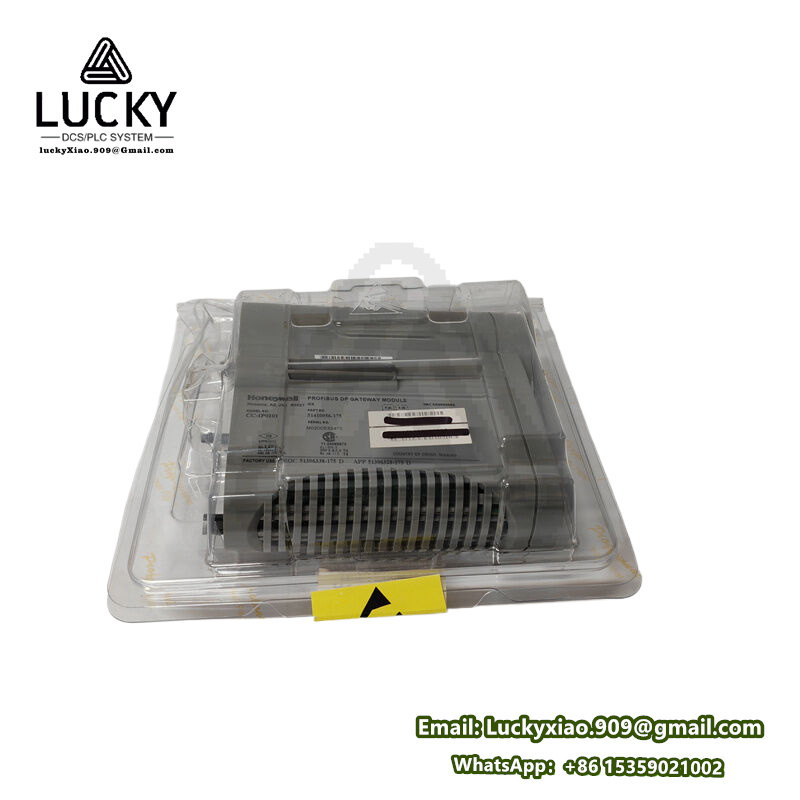

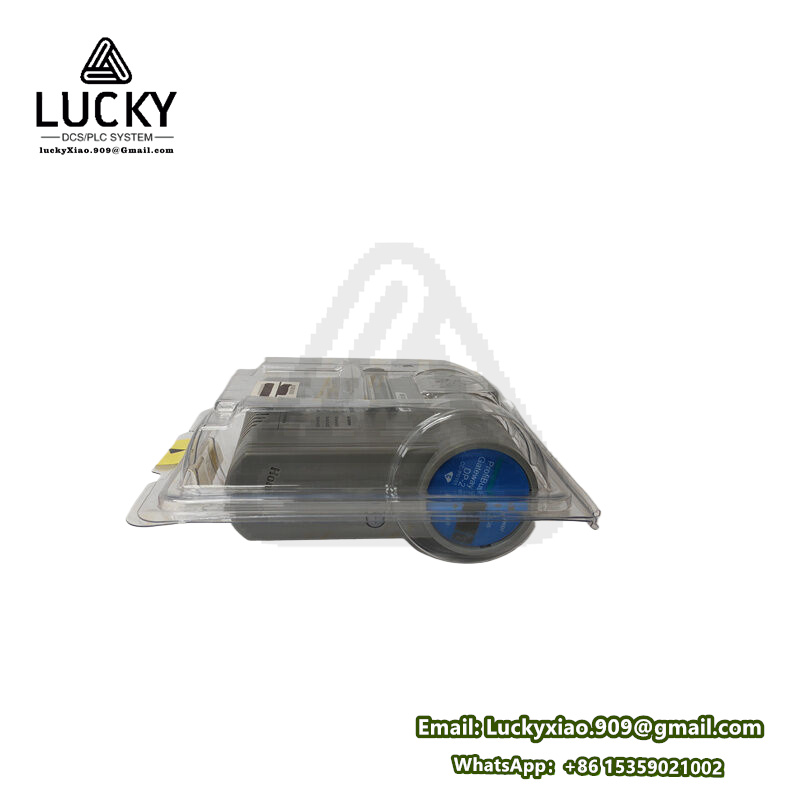
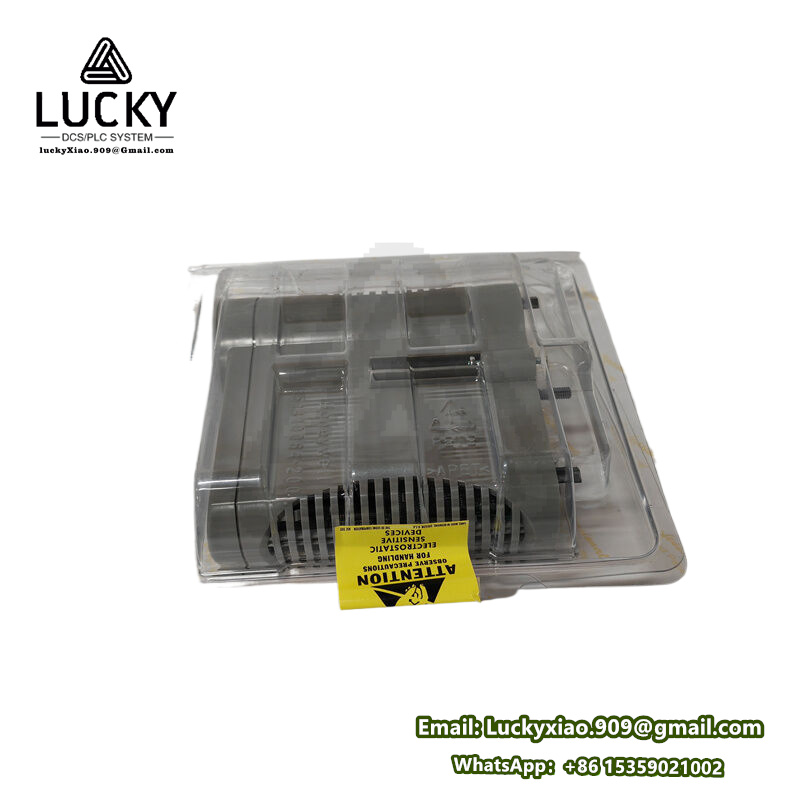
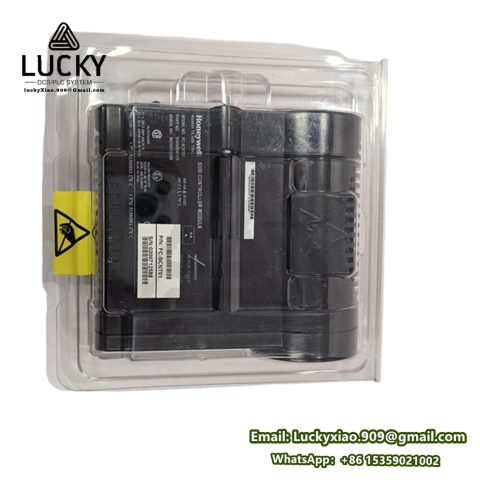
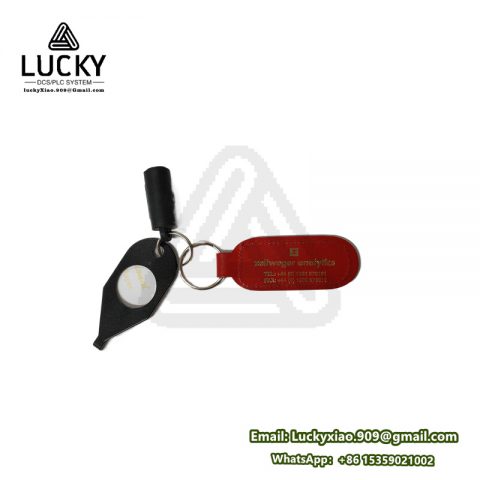
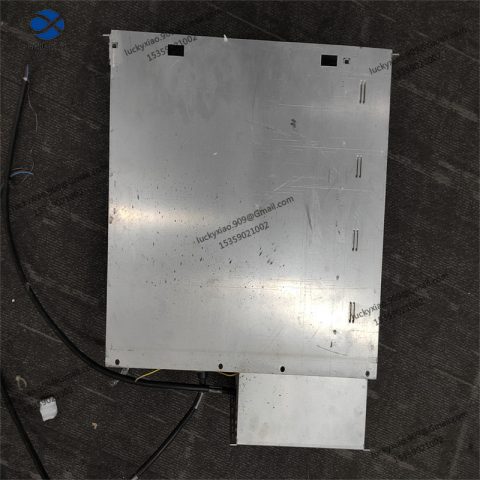
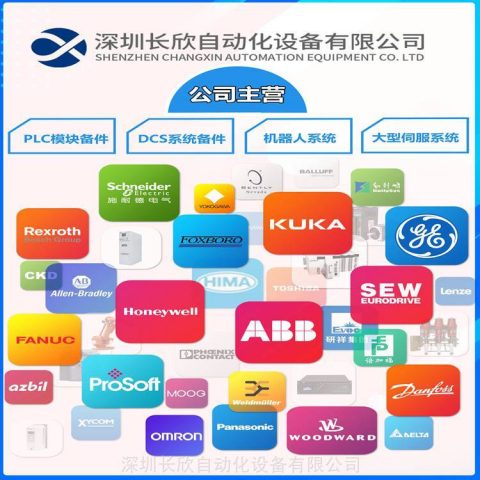
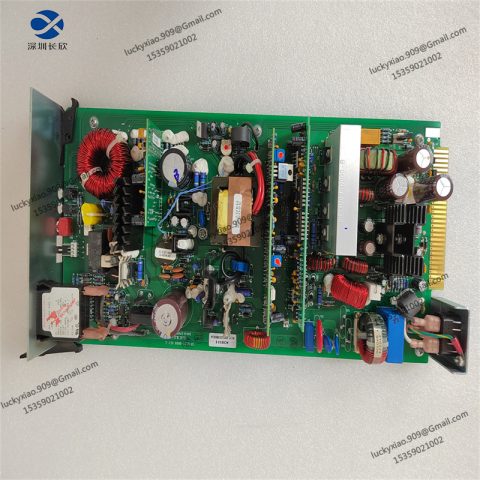
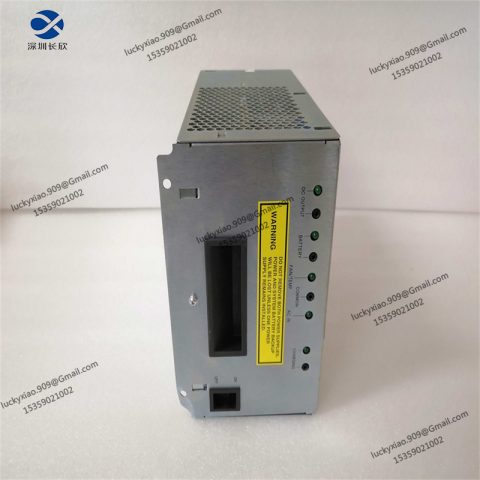
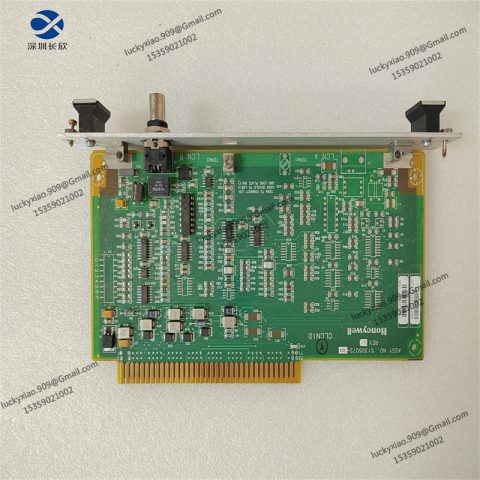
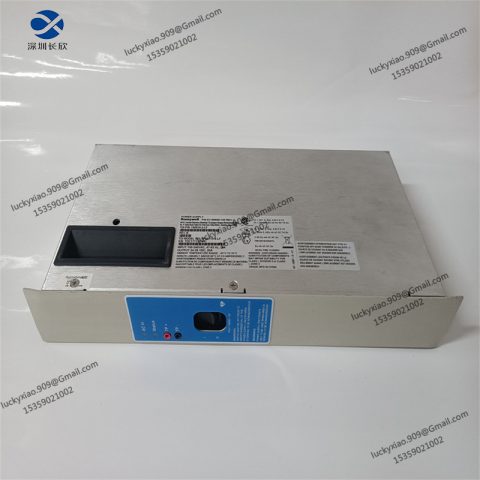
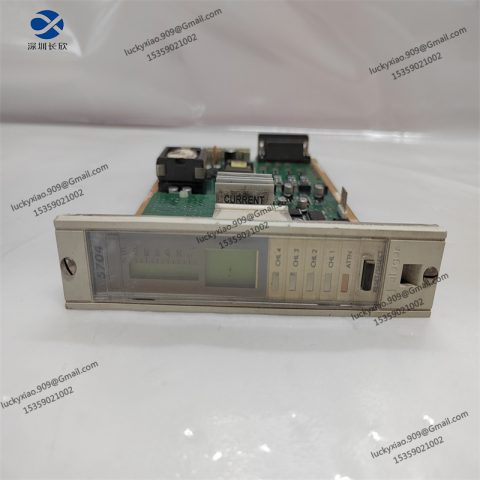
There are no reviews yet.